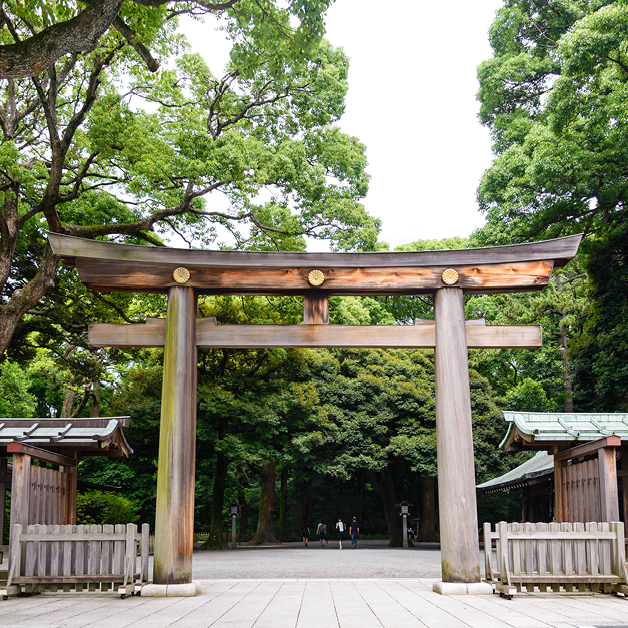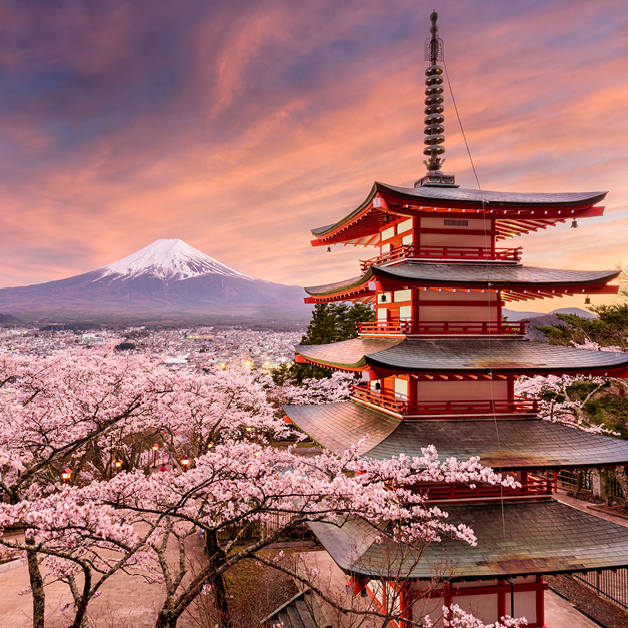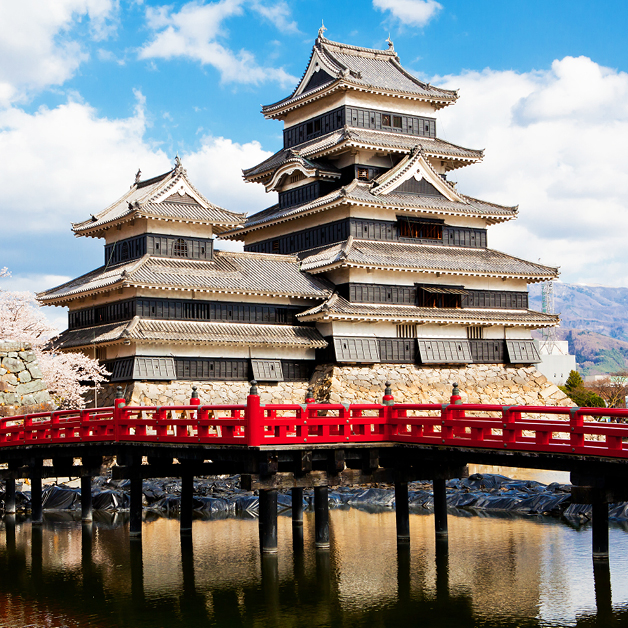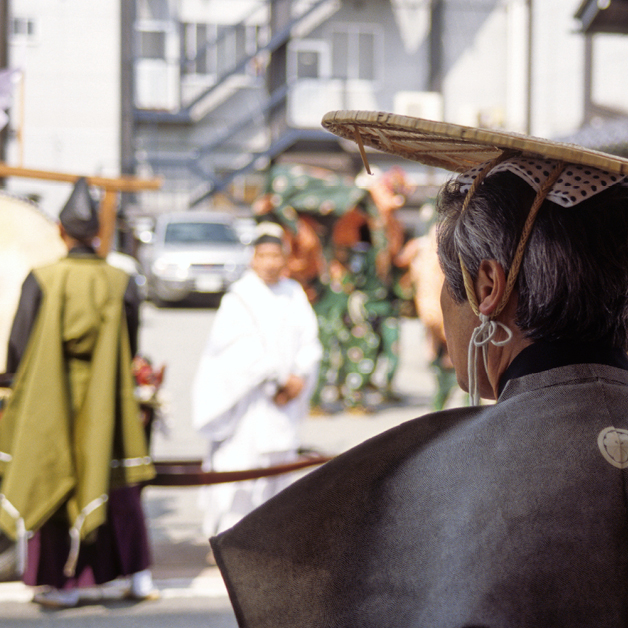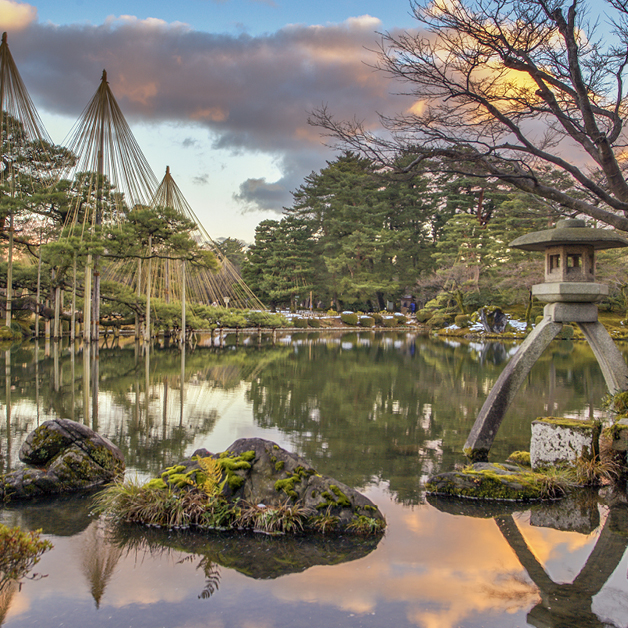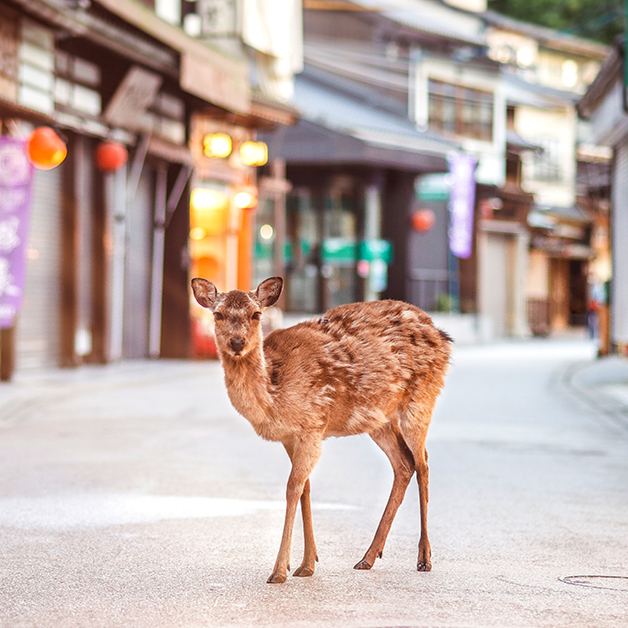Tour details
Collapse
| Tour Provider | Globus |
| Number of Days | 10 |
| Price From | $7,049 |
| Start Location | Tokyo, Japan |
| End Location | Kyoto, Japan |
| Age Range | Avg. 40+ |
| Group Size | 14 to 24 |
| Tour Style | Premium |
| Tour Themes | No specific theme |
| Physical Rating | Easy to Moderate |
 |
|
Itinerary
Expand all
Day 1 - ARRIVE IN TOKYO, JAPAN
Konnichiwa Japan
Welcome to Tokyo, Japan's capital city. Hotel check-in available mid-afternoon.
Day 2 - TOKYO
Monumental Metropolis
Start with a visit to Meiji Shrine, a magnificent 20th-century Shinto monument set in a man-made forest. At an artist's studio, learn to write like a local during a calligraphy lesson with a master calligrapher, have the opportunity to try on a traditional kimono, and partake in a [LF] tea ceremony. Last stop is the Asakusa Kannon Temple and Nakamise shopping arcade. Tonight, join your travel companions at a welcome dinner hosted by your Tour Director. (B,L,D)
LOCAL FAVOURITE
TEA TRADITIONS Participate in a tea ceremony, time-honoured tradition, and wonderfully choreographed ritual of preparing and serving Japanese green tea.
Day 3 - TOKYO. MOUNT FUJI EXCURSION
Soaring Heights & Sweeping Views
Drive south to the beautiful Five Lakes region for a panoramic cable-car ride to view Mount Fuji. (B,L)
TOUR HIGHLIGHT
EPIC RIDE Soar high with a cable-car ride for panoramic views of Lake Kawaguchi and spectacular Mount Fuji, Japan's highest mountain. You will also have a spectacular view of Mount Fuji from Chureito Pagoda, part of the Arakura Sengen Shrine, built as a peace memorial in 1963.
Day 4 - TOKYO-MATSUMOTO-TAKAYAMA
City to Farm to Table
Journey to Matsumoto, gateway to the ruggedly beautiful Japanese Alps, and enjoy visits to a local wasabi farm and Matsumoto Castle. Tonight, enjoy a wonderful Japanese-style dinner at your hotel. (B,L,D)
TOUR HIGHLIGHT
WHY WASABI Take a private tour of a wasabi farm to learn more about how it's grown and what it means to Japanese cuisine. Eat lunch at the farm and sample wasabi ice cream.
Day 5 - TAKAYAMA
Takayama Treasures
Today begins at the morning market, where farmers display locally grown fruits, vegetables, and flowers. Visit Takayama Jinya, a former government office during the Edo Period from 1692-1868. This well-preserved building is a national historic site and the only remaining building of its kind in Japan. End with a fun [LF] sake tasting. (B)
LOCAL FAVOURITE
FOR SAKE'S SAKE Go sake tasting in the San-Machi Suji historic district-famous for lacquerware shops and sake breweries, and identified by the sugidama, balls made of cedar branches that hang over the entrances.
FREE TIME TIPS
EXPLORE MORE After included sightseeing, the balance of the day is at leisure, providing you with time to explore the narrow streets where merchants buy and sell as they have for 300 years. Transfers between town and your resort will run every two hours.
Day 6 - TAKAYAMA-SHIRAKAWA-KANAZAWA
Enchanting Valleys & Tranquil Gardens
This morning, enjoy a drive through the mountainous Shokawa Valley to Shirakawa, a remote region of Japan is home to several UNESCO World Heritage Sites. Here explore the unique gassho-zukuri-style (joined hands) thatched houses that can be found only here. Continue to the scenic town of Kanazawa, situated between the mountains and the Sea of Japan. Explore Kenroku-en Garden and partake in a gold leaf class, where you'll learn about this ancient craft and make your own bento box. (B,L)
TOUR HIGHLIGHT
PERFECTION OF TRANQUILITY Kenroku-en is one of Japan's three great gardens and dates from the 1670s. Translated to English the name means "Garden of Six Qualities," referring to the six essential attributes that make up a perfect garden: spaciousness, tranquility, artifice, antiquity, water, and magnificent views. One of the garden's most stunning attractions is Kasumigaike pond with its island called Horai, which are meant to symbolise long life and eternal prosperity.
Day 7 - KANAZAWA-KYOTO
Rail, Shrines & Temples
This morning, board the Thunderbird Express Train for your journey to Kyoto. For lunch, participate in a [LF] Japanese cooking class. You'll also visit some of the city's most important sites including Sanjusajendo Temple, Fushimi Inari Shrine, and Kiyomizu Temple. This evening, you have the option to stay in a traditional Japanese ryokan (additional expense). (B,L)
LOCAL FAVOURITE
TURNING JAPANESE, I REALLY THINK SO! Japan is known for its cuisine, which is deeply engrained into the culture. What better way to gain insights into the local way of life than through your stomach? Participate in a special cooking class where, under the instruction of a local chef, you will learn how to make miso soup, teriyaki chicken, and makizushi, more commonly known as a sushi roll.
TOUR HIGHLIGHT
SENSATIONAL SHRINES While in Kyoto one must take a step back in time to explore this historic former capital and its important wooden shrines and temples. Start at Sanjusajendo Temple, famous for its 1,001 statues of Kannon, the Buddhist goddess of mercy. Flanking the main statue are 1,000 more life-sized statues, covered in gold leaf, with 40 arms said to have the power to save 25 worlds. Explore Fushimi Inari Shrine, renowned for the thousands of brightly coloured Torii Gates. Afterward, continue to the Higashiyama District to visit Kiyomizu Temple, the "Pure Water Temple," with stunning views over Kyoto. Along the way, walk through the busy streets, where shops and restaurants have been catering to pilgrims for centuries.
Day 8 - KYOTO
Golden Gift
This morning starts with a visit to stunning Kinkakuji, the Temple of the Gold Pavilion. Next, visit Yuzen Handmade Corner to learn about the yuzen dyeing technique used to decorate kimonos by painting dye directly on the cloth. Make your own souvenir using this traditional method. (B)
FREE TIME TIPS
EXPLORE MORE Join your Tour Director for a walking tour through Gion or perhaps visit more of Kyoto's historic temples.
Day 9 - KYOTO. NARA EXCURSION
Living Large, No Giant
Travel to nearby Nara, to visit Kasuga Shrine and Todaiji Temple, both UNESCO World Heritage Sites. Tonight, your Tour Director hosts a farewell dinner to celebrate your discovery of Japan. (B,D)
TOUR HIGHLIGHT
NARA GIANTS Travel to Nara Park, one of the largest in Japan, and famous for its free-roaming deer, shrines, and temples. Kasuga Shrine, the most celebrated in Nara, is a Shinto shrine with some 3,000 stone and bronze lanterns. On the opposite end of the park is Todaiji Temple, one of Japan's most significant temples. Originally built in 752 AD and again after a fire in 1692, the temple is only two-thirds its original size, yet remains the world's largest wooden building. The Daibutsu (Giant Buddha) inside the main hall is made of copper and bronze, and is the largest in all of Japan, weighing 250 tons and standing some 49 feet tall!
Day 10 - KYOTO
Say it Ain't Sayonara
Your tour ends with breakfast this morning. (B)
Inclusions
Expand
9 breakfasts.
5 lunches.
3 dinners.
